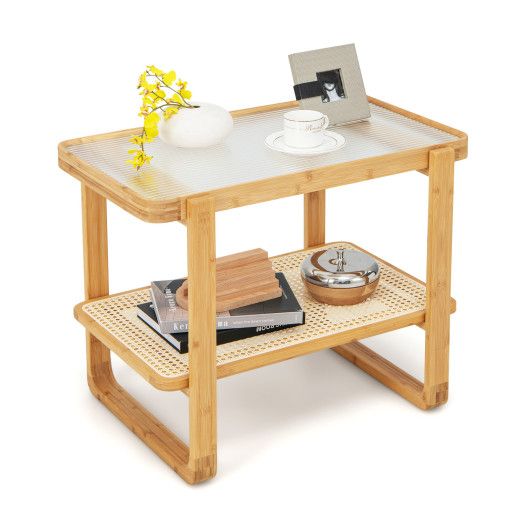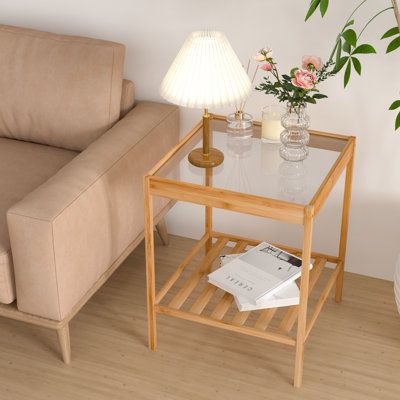The Art and Craft of Bamboo Furniture: From Traditional to Modern
Bamboo furniture has a rich history that dates back centuries, deeply rooted in various Asian cultures. Over time, this versatile material has transcended its traditional boundaries to become a staple in modern home furnishing. The journey of bamboo furniture from its traditional origins to contemporary applications is a testament to its adaptability, sustainability, and enduring appeal.
Traditional Craftsmanship
Historically, bamboo has been a cornerstone of Asian furniture-making, particularly in countries like China, Japan, and India. Traditional bamboo furniture is characterized by its intricate weaving techniques and sturdy construction. Craftsmen would meticulously select bamboo stems for their strength and flexibility, shaping them into elegant chairs, tables, and decorative pieces. These artisans developed unique methods to treat and mold bamboo, ensuring durability and resistance to pests.
The cultural significance of bamboo in traditional furniture cannot be overstated. In Chinese culture, bamboo symbolizes resilience, integrity, and elegance. It is often associated with scholars and artists who admired its strength and flexibility. Japanese design emphasizes simplicity and harmony with nature, making bamboo an ideal material for creating minimalist and functional furniture.
Modern Design and Innovation
In recent years, bamboo has experienced a resurgence in popularity, driven by a growing demand for sustainable and eco-friendly materials. Modern designers have embraced bamboo for its unique aesthetic and environmental benefits. Unlike traditional bamboo furniture, which primarily focused on functionality and cultural symbolism, contemporary bamboo furniture often combines form and function, showcasing innovative designs that cater to modern tastes.
One of the key advantages of bamboo is its rapid growth rate and renewability. Bamboo can be harvested within 3-5 years, compared to hardwoods that can take decades to mature. This makes it an excellent alternative to conventional wood, reducing the strain on forests and promoting sustainable practices. Additionally, bamboo’s natural strength and lightweight properties make it ideal for creating versatile and durable furniture.
Designers today are pushing the boundaries of what bamboo can achieve. Advanced manufacturing techniques allow for precision cutting and molding, enabling the creation of complex shapes and structures. Bamboo is now used in everything from sleek, modern chairs and tables to innovative lighting fixtures and decorative elements. The versatility of bamboo allows it to blend seamlessly into various interior styles, from rustic and traditional to contemporary and minimalist.
Ecological and Economic Impact
The shift towards bamboo furniture is not only aesthetically pleasing but also environmentally responsible. Bamboo’s carbon sequestration capabilities help mitigate climate change by absorbing significant amounts of carbon dioxide during its growth. Its cultivation requires minimal pesticides and water, further reducing its ecological footprint.
Economically, the bamboo industry provides livelihoods for millions of people in rural areas, particularly in Asia. The rise in demand for bamboo furniture has spurred investment in sustainable bamboo plantations and improved processing techniques, fostering economic development and preserving traditional craftsmanship.
The art and craft of bamboo furniture have evolved significantly, reflecting a blend of traditional techniques and modern innovations. As consumers become more conscious of their environmental impact, the appeal of bamboo furniture continues to grow. Its unique combination of sustainability, durability, and aesthetic versatility ensures that bamboo furniture will remain a beloved choice for home furnishing for generations to come.
Post time: Aug-02-2024







